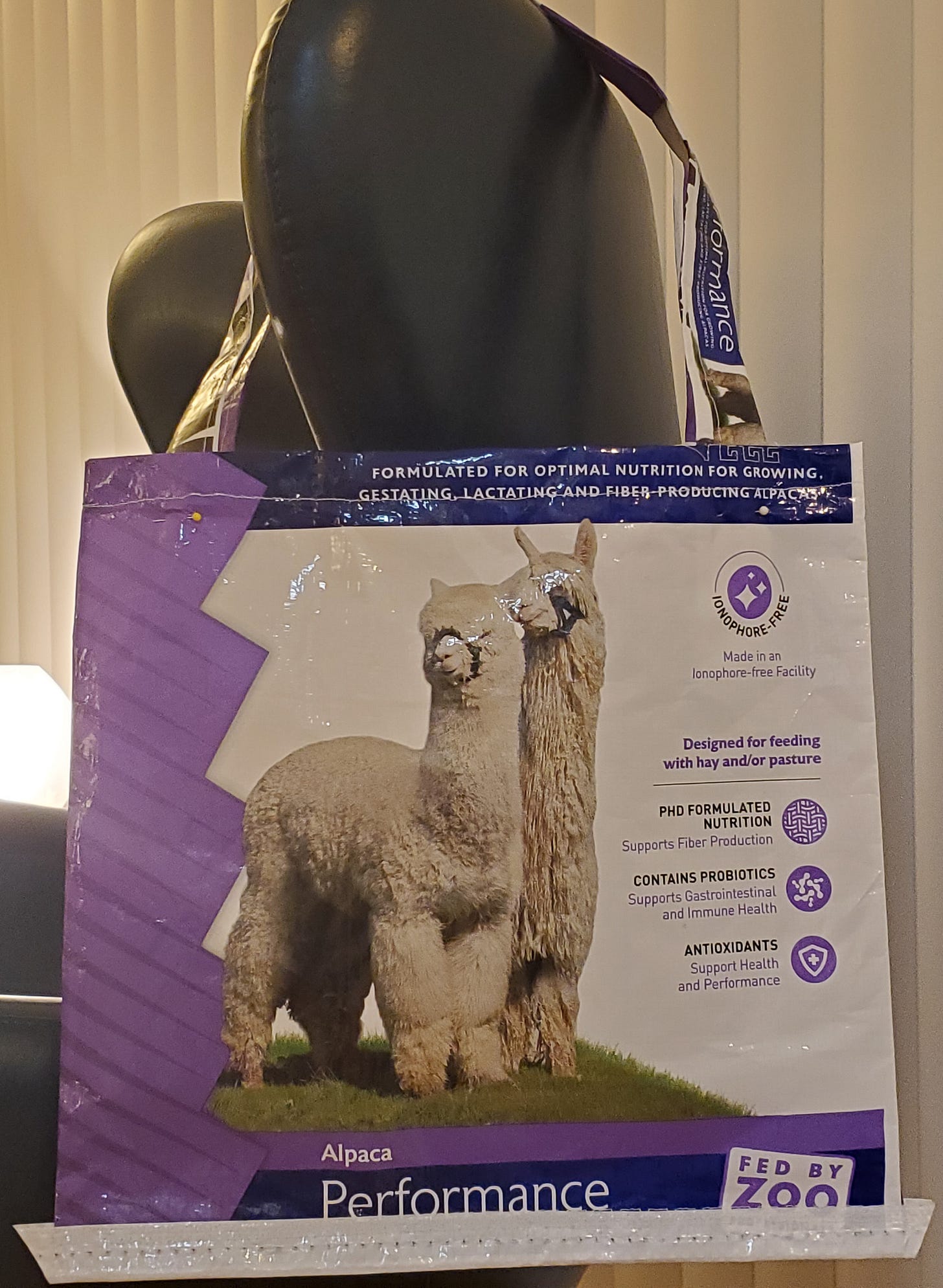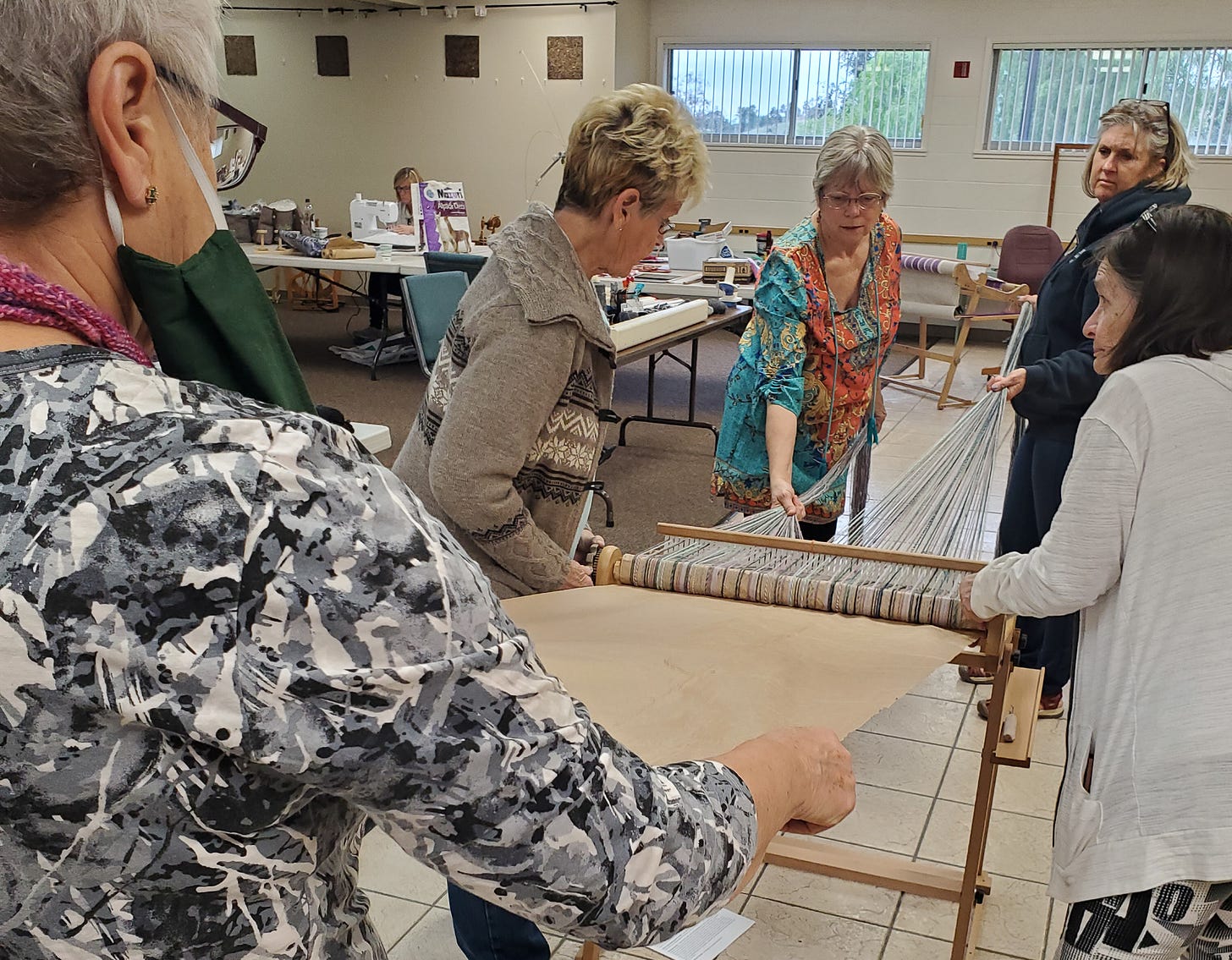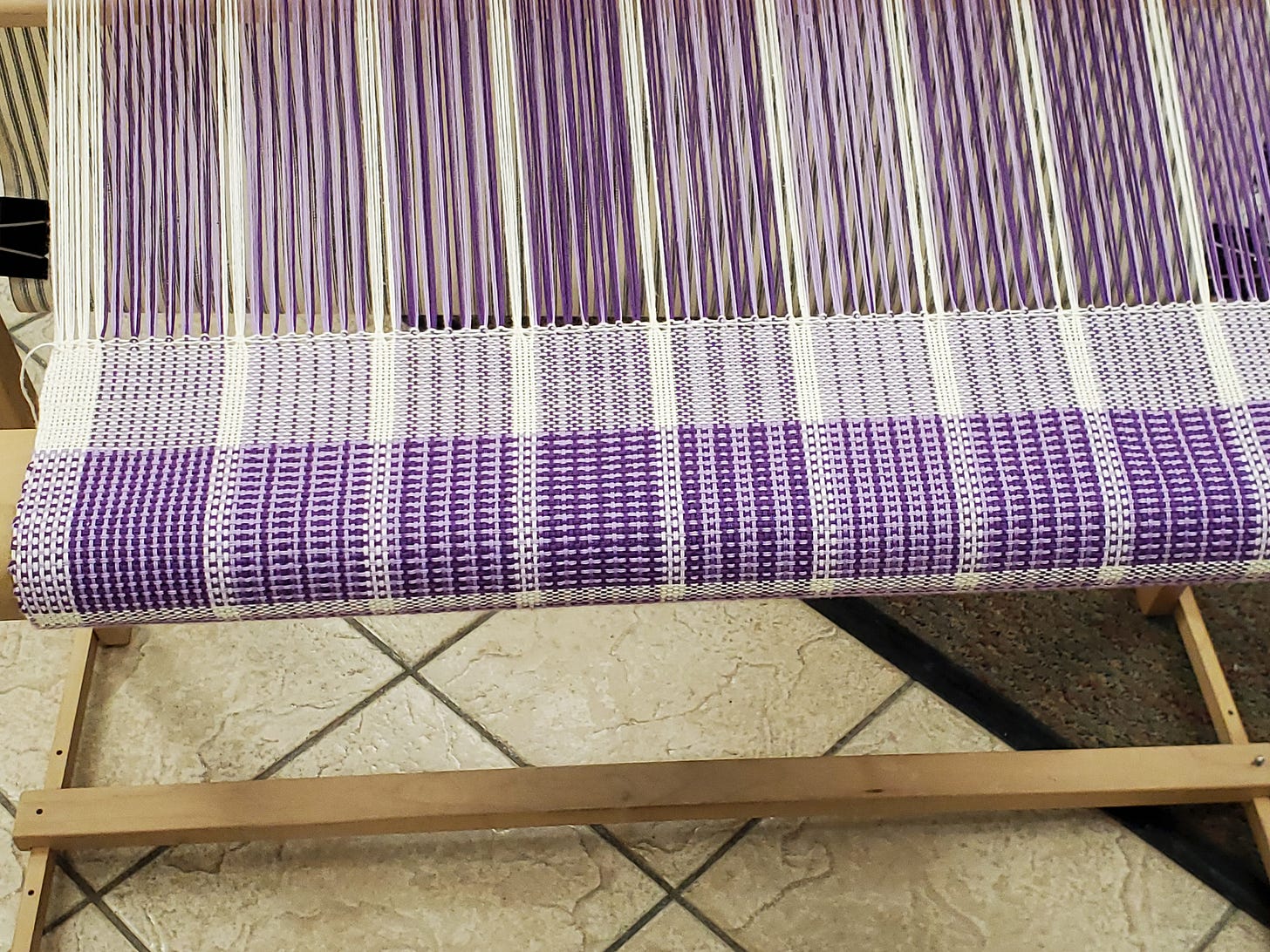Slow Fashion Challenge
I recently finished 7-day Fibershed Slow Fashion Challenge, created by Fibershed.org. Each day I received a fun, easy, informative challenge. Highlights for each day included below. Click on Day-7 link to participate for yourself!
Day-1 Knowledge is Power (Do my clothes expression of me — my tastes, experiences, and my values?). Resources included Fibershed Intro; Is Fast Faction Cheap?; "Sustainable" Fashion Forgot Where It Came From; 3 Ways Fashion Can Support Healthy Soils & Seas; Fibershed Soil-to-Soil Podcast.
Day-2 What’s in a Label? Deciphering Textile Labels: How often do I come across words like “synthetic”, “manufactured” or any type of plastics? To learn more about natural fibers, treat yourself to this Alpaca Primer.
Day-3 What's the Cost? Is Fast Fashion Actually that Cheap? In Opposition to Take-->Make-->Waste
Day-4 The Fibers that Guide Us. Clothing Guide (contains al list of natural fibers, info about each, and any issues attached to their production); Climate Beneficial Fibers; Low Carbon Farming Practices; Innovative Zero-waste Designers
Day-5 A Smarter Shopping Guide (finding sustainable clothing when you need it or supporting local fiber producers. Fibershed Marketplace; Fibershed Clothing Guide; Affiliate Directory; Producer Directory (a membership-based network of farmers, ranchers, designers, sewers, weavers, knitters, felters, spinners, mill owners, and natural dyers living and working within 51 counties in the North and Central regions of California.)
Day-6 Growing your slow-fashion skills to cut the bills & reduce your fiber system footprint. Resources include Fibershed (Aggregate) Calendar; Fibershed Learning Center (on-demand classes); Resources for sewing, mending, dyeing; Fibershed Artisans
Day-7 Getting Loud. Share this Challenge with Friends
We Are What We Wear
I had a handful of unprompted conversations with different friends & family members about having, designing, & wearing person-unique wardrobe. The distain & discomfort with trend-based wardrobes was common thread (pardon the pun). Between these conversations & the 7-Day Challenge I wondered what would happen if everyone focused on what the unique fashion design of "you", rather than focus on trends. Having spent decades in corporate culture, my creative expression slowly squeezed out of me, I haven't yet figured it out for myself what my wardrobe would be.
Tiny Steps to Zero Waste at the Ranch?
While prepping the alpaca snacks this week, I noticed the colorful feedbags as we emptied them. I asked Cindy if she was going to throw them out. She said yes, so I asked her if I could take them instead, with the idea of converting them into shopping bags. I rather like the outcome!
SoCal Fibershed Workshop Weekend
Cindy invited me to a Fibershed Retreat with several SoCal alpaca ranch owners and artisans. Most, but not all the fiber being worked with was from the alpaca owners' respective herds. I spent the day exploring the various fiber arts.
First, I tried my had at "spindling" - the art of making yarn threads. I tried a drop spindle & a kick spindle, both of which I didn't seem to have a natural knack for. I wandered over to Alyssa's portable spindle (using batting from her own alpacas) to observe & ask questions.
Next, I explored those who were using looms. I can see how creating scarves, towels, blankets, & works of art using a loom would be gratifying. Though I have no photo, Jan was working on a knitting machine making a winter cap.
Another person crocheted complex 3D pattern pieces & stitched them into mesmerizing quilts.
Lastly, I got to explore the art of felting. Two people were working on very different felting projects. Cindy was using only natural fiber colors from her own alpacas, while Suzanne was using dyed fibers to create a panorama across multiple lampshade panels.

My project for the day was making dryer balls from a bunch of loose fibers Cindy had given me several weeks ago. It involved making tightly woven balls using the alpaca fiber, much like making a rubber-band ball. Getting them to a useful state required I load each ball into a nylon stocking, knotting the stocking between each ball, running it through the washer/dryer cycle, & separating each ball. The balls can now be used in place of non-recyclable dryer sheets.
The more I learn, the more I realize I need to learn. And I'm only halfway through the month!












